-
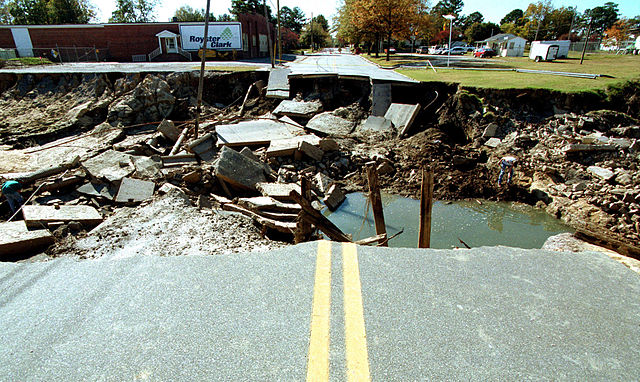
In the past I worked for the National Weather Service in the Office of Hydrology, determining the magnitude of 100-year rainfalls. A 100-year-rainfall is the amount of rain that has a 1 in 100 chance of occurrence in a given year. Note that it does not mean that it can only happen once in a…
-

KQED Science had an interesting article this week about how historical paintings from the past can shed light on the amount of pollutants (both natural pollutants like volcanic particulates and human-injected pollutants from industry and transportation) in the atmosphere and how they change the way the sky looks. I’ve talked about this in the past,…
-
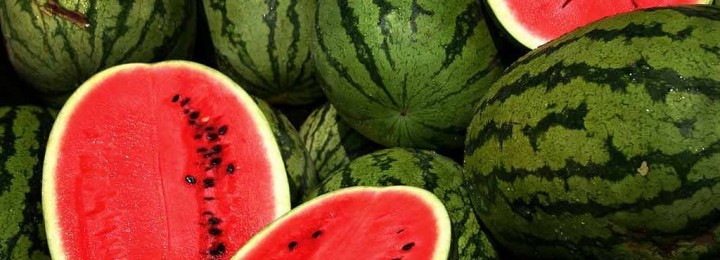
Watermelon is one of my favorite summer foods (in fact, I love them any time of year!). But they weren’t always the red and sweet fruit we have today. Here is an interesting story from Food and Wine about how watermelons were bred into the delicious fruit that we have today. You can read it…
-
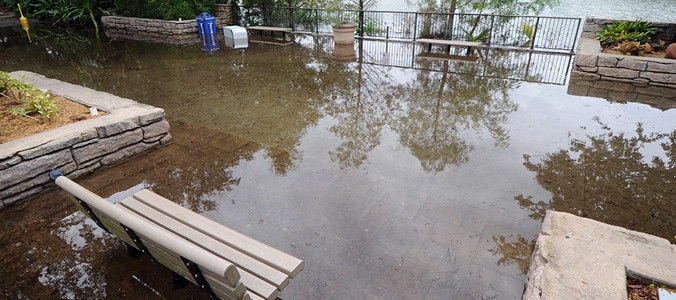
Because of increasing inundation of low-lying areas from rising sea levels, especially during the yearly king tides, mainland Miami is considering abandoning some of the lowest-lying areas and letting them serve as natural barriers to the effects of the rising sea levels. A variety of options for dealing with rising sea level are being considered,…
-

According to the History Channel, “on this day in 1752, Benjamin Franklin flies a kite during a thunderstorm and collects a charge in a Leyden jar when the kite is struck by lightning, enabling him to demonstrate the electrical nature of lightning. Franklin became interested in electricity in the mid-1740s, a time when much was…
-
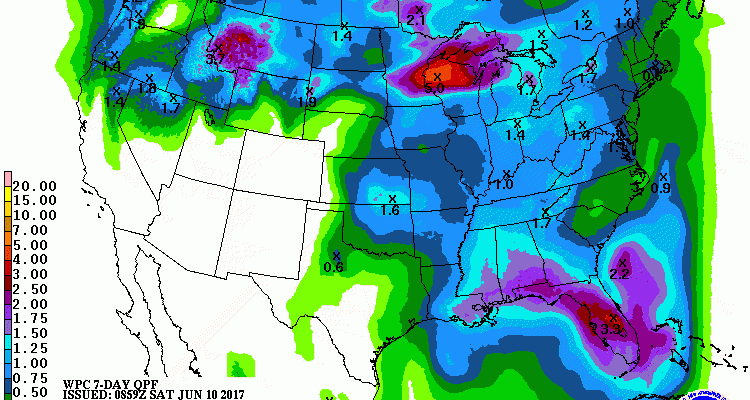
Another week of good rain is expected across most of the Southeast starting today, with most areas expected to receive well over an inch. Florida should receive 3 inches in some places, which will put a further dent in the drought there. The driest area will be eastern North Carolina and South Carolina, where less…
Posted in: Climate outlooks -
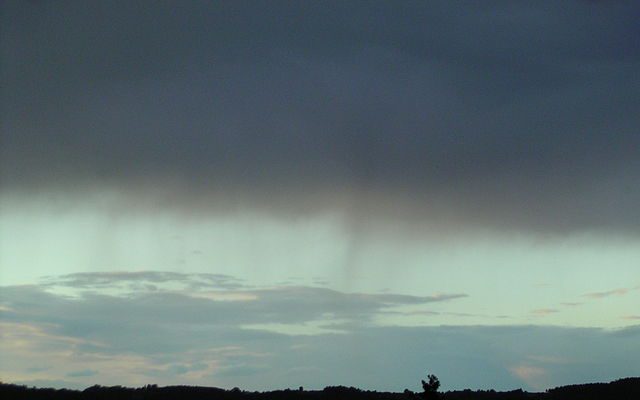
Sometimes you can see rain falling from the sky and evaporating as it falls through a drier layer of air near the surface. This can show up on radar too as an echo with nothing hitting the ground, since radar measures rainfall above the surface. This is called “virga” and it is fairly common, especially…